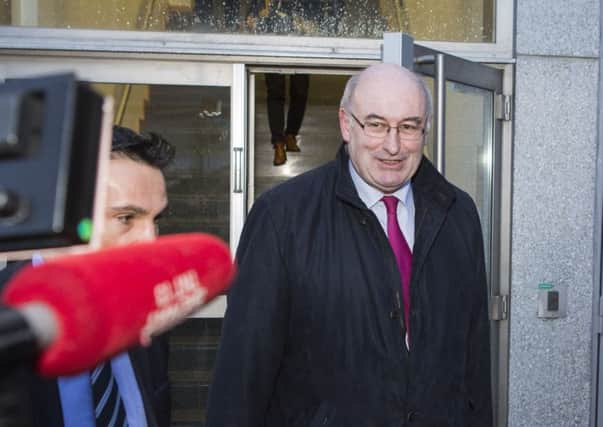Date flexibility is not a done deal yet, says NFUS


With less than two weeks to go until the 16 May deadline, Hogan said that it was up to member states to decide whether to take advantage of the flexibility being offered.
He said that the option had been granted after several states had called for the move in light of outstanding difficulties arising from the first year of implementation of the new system.
Advertisement
Hide AdAdvertisement
Hide AdNFU Scotland, which discussed the topic at yesterday’s presidents’ meeting, said that it would be gathering information on how producers around the country were coping with the exercise before taking a decision at Thursday’s meeting of the board of directors on whether to push for such an extension.
However, a spokesman said that producers should still “crack on” with their applications as it was not a foregone conclusion that the closing date would be moved.
A further complicating factor for Scottish producers is the fact that, while the final decision will lie in the hands of the Scottish Government, this is likely to be delayed until after the results of this week’s Scottish elections are known and a new administration is up and running.
Meanwhile, producers were being advised not to dismiss the possible benefits of taking their support payments in euros by a leading agricultural banker.
The Bank of Scotland’s Sandy Hay said that receiving funds in euros gave producers greater flexibility over the exchange rate which could be achieved: “Those taking the payment in sterling will see the exchange rate based on the average throughout the month of September – whereas those receiving it in euros have more flexibility over conversion date.”
Hay said that that over the past five years, the exchange rate had fluctuated between £0.904 and £0.694 to the euro – a difference which equated to as much as a fifth in payments.
He said that there had even been considerable variation within the course of the past year and while a farmer taking the payment in pounds would have received £73,129, based on the September 2015 exchange rate, taking the payments in euros and converting it in early April when the pound had been weak would have lifted the value of the payment to around £80,000.
“But you have to be aware that the exchange rate could have moved the other way,” he added.
A third alternative was to opt for a euro payment and then forward fix the rate of currency exchange – a move which would introduce some control and certainty.